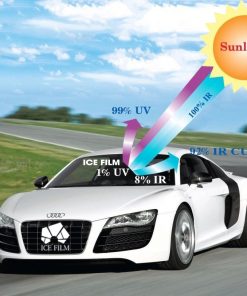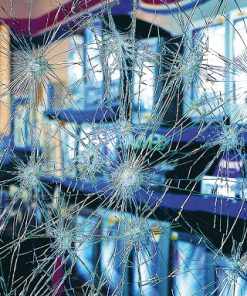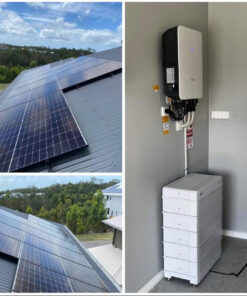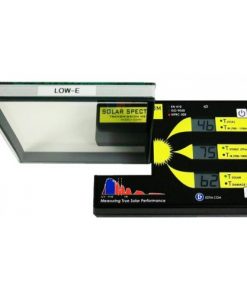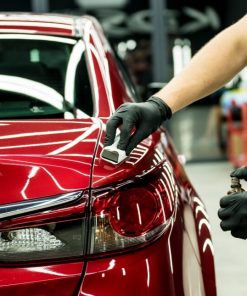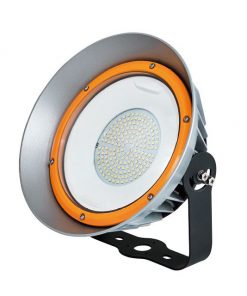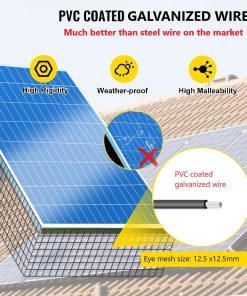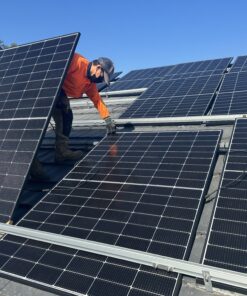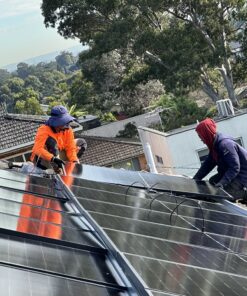Let the SUN pay the Electricity Bill for your home or business with SGS Solar – Professional solar energy installer across NSW. Save on bills with reliable, sustainable energy solutions
* Name: Bird Mesh * Welded wire mesh * Color: Black * Structure: Top coated PVC (3 years) + Galvanized layer (8 years) +Inner steel wire (4 years) * Durable Black PVC Coated Mesh
Small Scale Technology Certificates (STCs) - Batteries
Published: 30 JUNE 2025The Federal Governments Cheaper Home Batteries Program will commence 1st July 2025.
It will provide an up-front discount on the purchase and installation of home batteries. The incentive will be delivered through the existing Small-scale Renewable Energy Scheme (SRES) – the same program that has successfully and safely been delivering solar subsidies since 2011. In addition to homes, small businesses and community facilities will also be able to access the subsidy, with support for up to 50 kWh of batteries sized up to 100 kWh eligible. The amended regulation have now come into effect allowing solar batteries to be eligible under the Small-scale Renewable Energy Scheme from 1 July 2025:- Scheme will be regulated by the Clean Energy Regulator (CER) under the Small-scale Renewable Energy Scheme (SRES)
- Scheme commences 1 July 2025
- The subsidy is not means-tested
- The batteries will need to have been approved by the Clean Energy Council (CEC)
- Installers must be accredited battery installers through Solar Accreditation Australia (SAA).
- The minimum nominal battery capacity is 5 kWh.
- The maximum usable capacity is 50 kWh – but you can install systems up to 100 kWh and still receive the rebate for a 50kWh system.
- Batteries must be Virtual Power Plant (VPP) ready (but there’s no requirement to join a VPP).
- Owners of existing battery systems can install another and be eligible for the rebate on the additional battery.
- System owners need to connect the battery to a new or existing solar system.
- One federal government battery STC claim per property address.
- Batteries installed between now and 1 July cannot be wired or turned on until 1 July and the Electrical Certificate of Compliance (CoC) cannot be dated prior to 1 July. The installer will also need to return to site to switch the battery on, take the final selfie and photos and complete the CoC. Photos will need to include unwired then wired batteries at this time
- Batteries installed in 2025 will receive 9.3 STCs per kWh of usable capacity of battery installed rounded down to nearest whole number (eg 13.5kWh x 9.3 STCs = 125 STCs).
- As with STCs for solar the number of STCs for batteries will reduce each year through to 2030.
- 2025 = 9.3 STCs per kWh
- 2026 = 8.4 STCs per kWh
- 2027 = 7.4 STCs per kWh
- 2028 = 6.5 STCs per kWh
- 2029 = 5.6 STCs per kWh
- 2030 = 4.7 STCs per kWh
- The scheme can work back to back with state based schemes.
- However, in the case of the NSW PDRS scheme the NSW Government have decided to cease the claiming of PRCs from 01/07/2025 which means only the STCs can be claimed on the batteries.
- An installer is limited to the number of jobs they can do in a day. For more information please visit the following link
Residential solar systems are being subsidized by the NSW Government. The program aims to supply solar and batteries to 300,000 Households in NSW and will reach zero soon. Check your eligibility to enjoy the full support ASAP
Our Partners for Solar Energy
We are closely cooperating with TOP 10 greatest brands in the world for solar energy












